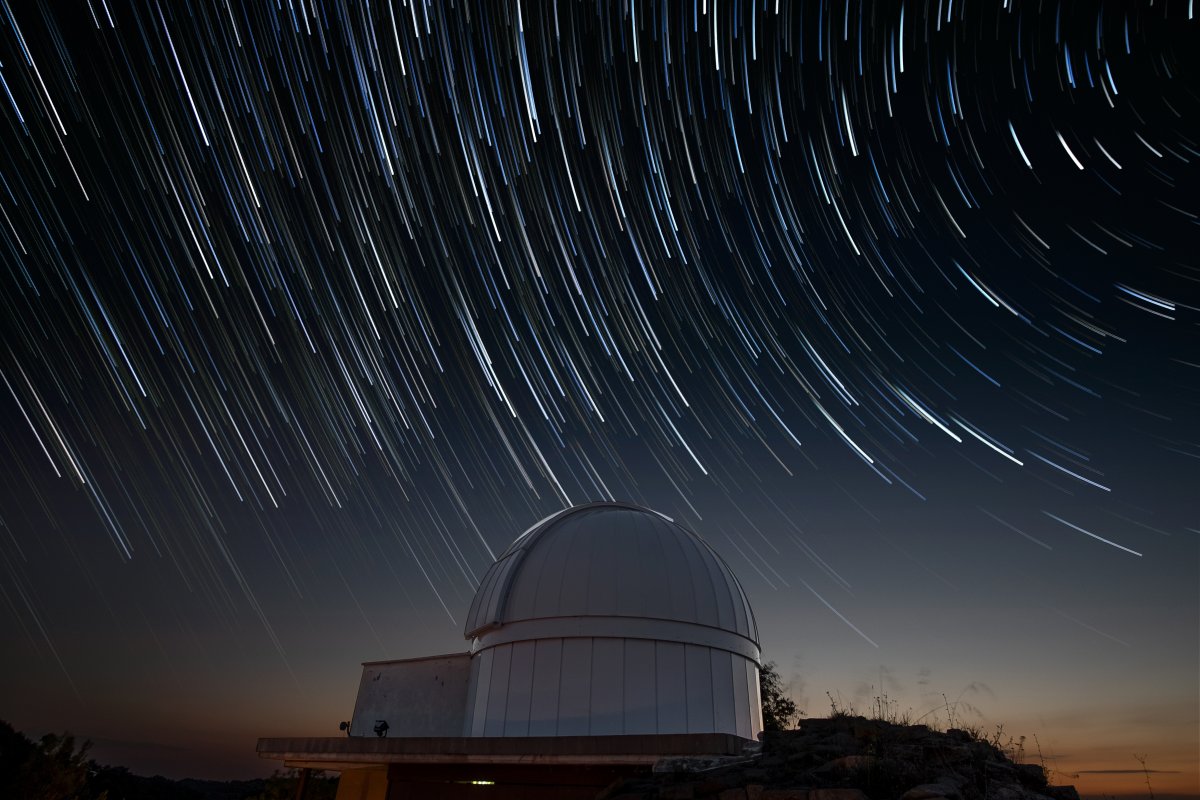In 1981, amateur astronomer Erwin Schwab began measuring the orbits of minor planets. In 1998 he discovered his first asteroid. Since then, he has discovered 101 minor planets himself and 12 as a team. 49 of them already have names, one of which he named after his favorite city: Darmstadt. He also found a long-sought star system.
Advertisement
Mr. Schwab, you belong to the world‘s top league of amateur astronomers and have now discovered over 100 small planets. What’s so interesting about minor planets?
Where do I begin? Around 1979, an amateur astronomer at the Heppenheim Observatory, who had been active there for a while, pointed out a certain star constellation to me. And then we looked again 15 minutes later and something had changed. That fascinated me. That the universe is not static, but dynamic.
And so dynamically that you can even see the change in the position of minor planets within 15 minutes. This doesn’t necessarily work that way with other objects. If you look at the Orion Nebula or the Andromeda Galaxy, you would have to wait hundreds or thousands of years to see a change.
That fascinated me and I got involved. At that point I didn’t believe that I would discover anything at some point. That didn’t come until a good 20 years later. I discovered my first minor planet in 1998.
In total there are only three German amateur astronomers who have discovered more than 100 small planets: Wolf Bickel, Sebastian Hönig and me. If someone had told me in the 70s or 80s that I would get this far, I would have thought they were crazy.
Erwin Schwab normally works at the GSI Helmholtz Center for Heavy Ion Research in Darmstadt. In his free time he devotes himself to astronomy.
(Image: Erwin Schwab)
Was your first discovery a coincidence or did you search specifically?
We were already expecting to discover minor planets. In Heppenheim we worked as a team. I wasn’t such a loner back then. At that time we bought a new camera.
Camera development is the reason why amateurs have gotten into discovering minor planets. In the 80s people still took photos with film. A film has a quantum efficiency, i.e. light output of around five percent. Five percent of the light that arrives there is converted into signals. The digital cameras that came out then had 40 percent quantum efficiency. Today we are at 80 to 90 percent.
Like that?
A light-sensitive CCD chip is now used in every cell phone. These sensors were big in the 90s.
They make better use of the light because it falls on the sensor from behind and is therefore not shaded by conductor tracks, right?
Exactly. These chips were actually developed for astronomy. And now they are now being used in smartphones. Which is again favorable for the amateur astronomers, because the fact that they are now being built on a large scale means that the amateur astronomers can also get it more cheaply because the production rates are of course much higher.
Why do you need more light sensitivity?
Minor planets are quite dark. They are about a million times fainter than the objects you can see with the naked eye. We call this magnitude. If you want to discover minor planets, then you have to fish beyond magnitude 21. With the naked eye you can still see objects of magnitude 6.
The brightness class that amateurs could achieve with analog cameras had already been explored. But there should still be something to discover with digital cameras. However, we had to call a special general meeting because such a camera cost quite a lot.
also read
Show moreShow less
How much?
That was around 20,000 marks. Of course that was a lot of money for the club. And then we started with the digital camera and that’s when I discovered my first small planet.
What resolution does a camera like this have?
I can’t even tell you that now. I would have to calculate that first. But resolution is not that important for discovering small planets. Light sensitivity is important. And that they precisely measure the position of a minor planet. It has to be accurate to arcseconds.
Nowadays you not only have to have a good camera, but also a thick telescope in order to discover small planets. Things were different in the 90s. Back then we started with telescopes that were 20 centimeters in diameter. We now need half a meter in diameter.
To home page
